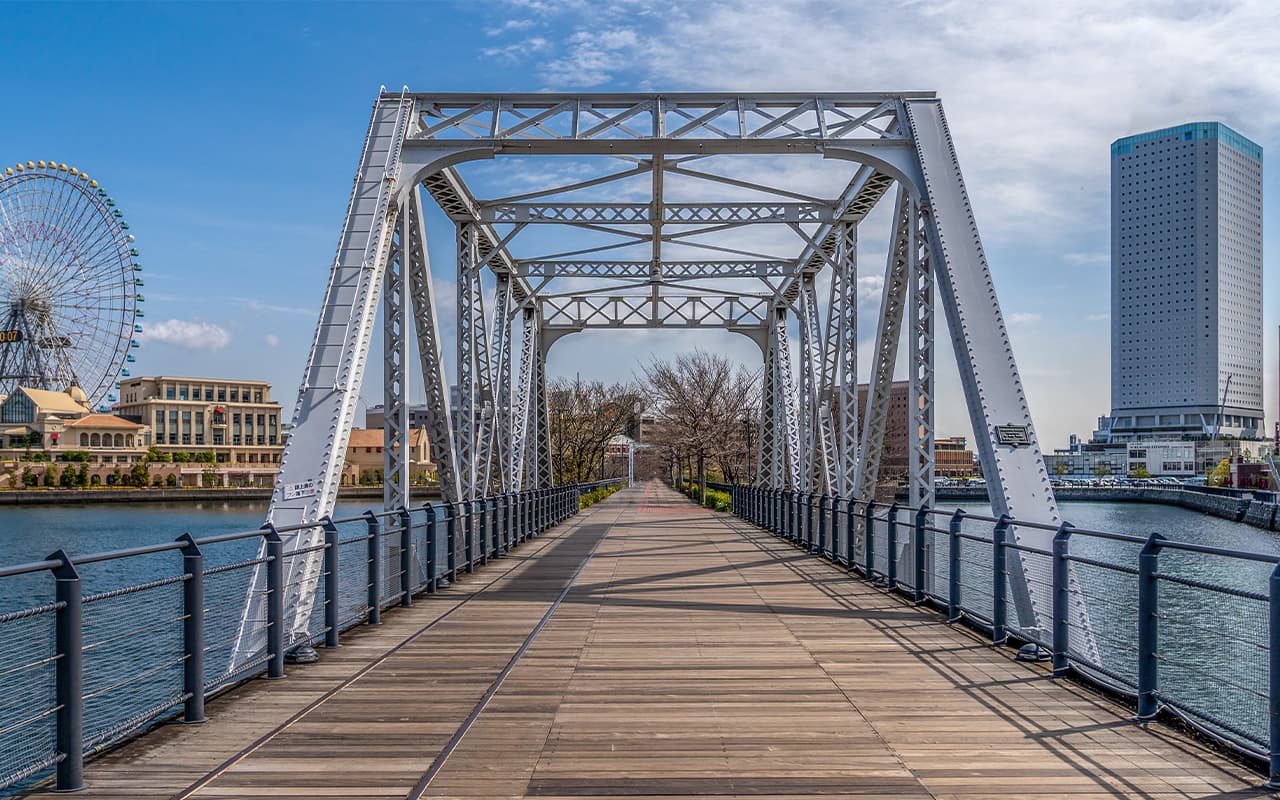Bridge reconstruction is a set of measures aimed at restoring the serviceability or serviceable condition of both the entire bridge and its individual elements. Reconstruction or reinforcement of a bridge is required when it is necessary to extend the service life of the structure in conditions of exhaustion of the initial load capacity, as well as to adapt the bridge to new operational standards and requirements.
The service life of a bridge is determined by the physical and moral deterioration of the structure. Physical deterioration is the accumulation of defects and disorders of the bridge elements, due to which the structure ceases to carry the required load. Moral deterioration is the discrepancy between the bridge’s capabilities and the increased requirements for load capacity, intensity, speed and safety of traffic.
Reconstruction of bridges is caused by:
- increasing load capacity;
- increasing traffic speeds and axial loads;
- service life and age of the structure;
- wear and tear of the structure.
The first stage of reconstruction is a survey of the technical condition of building structures, which is carried out before bridge testing, commissioning and during operation. The main purpose of the survey is to assess the physical condition of the structure and check its compliance with the established requirements.
The following measures are carried out to restore and reinforce the bridge structure:
- reinforcement of metal spans;
- increasing the cross-section of elements with simultaneous strengthening (if necessary) of their attachments;
- strengthening and modification of truss or beam systems;
- installation of additional temporary or permanent supports;
- transformation of steel spans into steel and reinforced concrete spans.
New economical methods of reinforcement are used in the reconstruction of bridges by installing additional reinforcement in hazardous areas, combining it with the reinforcement and concrete already present in the structure. Epoxy and polyester resins are used to bond the elements. Sheet steel, which has a more developed contact area than bar reinforcement, is used as additional reinforcement. This advantage ensures that the bonded reinforcement is evenly incorporated into the concrete section area.




